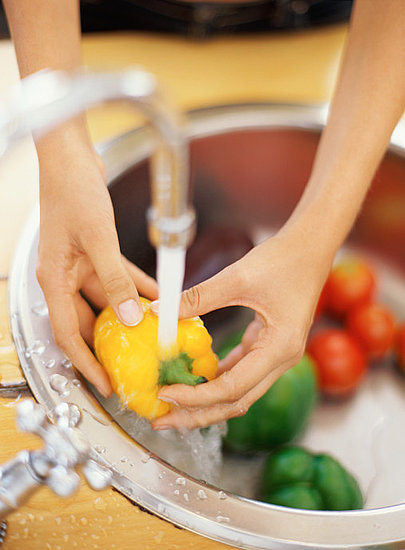Pesticides and Produce: Buying Organic Where It Counts

It is not exactly breaking news that pesticides, fertilizers, and other unnatural chemicals used in agricultural production can inflict lasting damage on human health, particularly during fetal development and early childhood. The increasingly scary data has contributed to the rise of organic produce (among other things). However, with so many organic options, many of which are often expensive, it becomes difficult to decide where to direct the dimes.
To aide consumers with their organic acquisitions, the Environmental Working Group releases a pocket-friendly “Shopper’s Guide to Pesticides”, listing the Dirty Dozen and the Clean 15. Individuals who eat five nonorganic fruits and vegetables from the “Dirty Dozen” each day consume upwards of 10 pesticides with their produce, whereas those who dine from the Clean 15 list ingest no more than 2 kinds of pesticides. When possible, the “Dirty Dozen” are the produce items that should be purchased as organics. The Clean 15 test low enough in pesticide content that it is not objectionable to spare your wallet and opt against organic.
Whether you buy organic or not, always take the time to wash your produce. Do not use soaps, detergents, or bleaches when cleaning your produce, as these chemicals will leave a residue of their own. Commercial sprays and produce washes that are available for cleaning your vegetables are not any more effective at removing pesticides and bacteria than a thorough cleaning with tap water—save your money and buy organic where it counts. Firmer produce should be scrubbed with a vegetable brush while rinsing with clean water, and softer, smaller produce should be rinsed and drained in a colander. Prior to washing, the outer leaves of lettuce and cabbage should be removed and discarded. Remember to wash all parts of your produce, even if you do not plan on eating them; bacteria from outside skins can be transferred to the inside during peeling or cutting.







